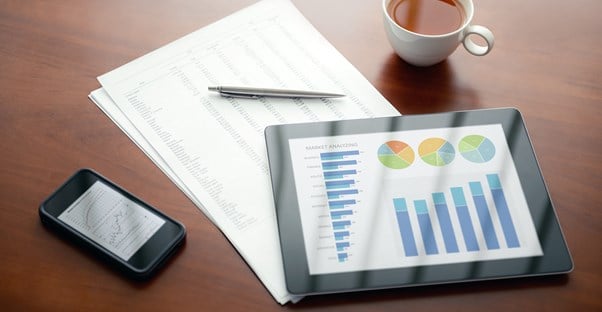Savings accounts are products for consumers looking to earn additional money while they have their funds tucked away for the future. The interest rate is crucial to a savings account. The interest rate represents the extra money the consumer can earn on the balance in the bank account within a year’s time.
Different banks offer different savings annual percentage yields. A comparison tool can help a consumer find out which bank will offer the most return on the deposit and will also compare such elements like monthly fees, transaction limits, miscellaneous fees, and more.
What Is the Average Interest Rate for a Savings Account?
The current average interest rate for a savings account is .8 percent. Interest rates vary greatly between providers. Some banks offer interest rates that are a slightly over 1 percent, while other banks offer interest rates that are less than .5 percent. A consumer looking to find the best interest rate will need to conduct extensive research and read the fine print within the bank’s terms and agreements section.
Do Interest Rates Change Over Time?
The interest rate on savings accounts depends on current market trends, policies, and business cycles. A banking institution has the right to change its interest rate to fit its current state of business trends. Therefore, no customer is guaranteed to receive excellent rates for an extended period. If you will not need access to your money over an extended period, you can opt for a certificate of deposit which usually offers a better interest rate and at an agreed upon rate for the set term of the deposit.
What Is a High-Yield Savings Account?
A high-yield savings account is a special account that offers a higher return than standard savings accounts offer. A high-yield savings account can offer a return as high as 2 percent or more. Some online banking institutions have special offers for customers who decide to sign up for their services.
How to Obtain a Savings Account
Consumers have the option to sign up for a new bank account either online or in person. An applicant can complete an online application for a savings account, but he or she will need to have a social security number and driver’s license number on hand. The bank may request that the person come into a local branch for additional processing. Some banks will set up a consumer’s account if they can verify that person's identity through their system. Those who needs to visit a branch to open an account will have to have a valid state-issued identification card such as a driver’s license and a social security card. Furthermore, the bank may conduct a ChexSystems report or Early Warning Service report search to see if the prospective customer has had problems with banking institutions in the past.
Choosing the Best Savings Account
The best savings account will have a mixture of high interest rates, convenient features, decreased fees, reliable customer service information, and special services, such as online banking.





